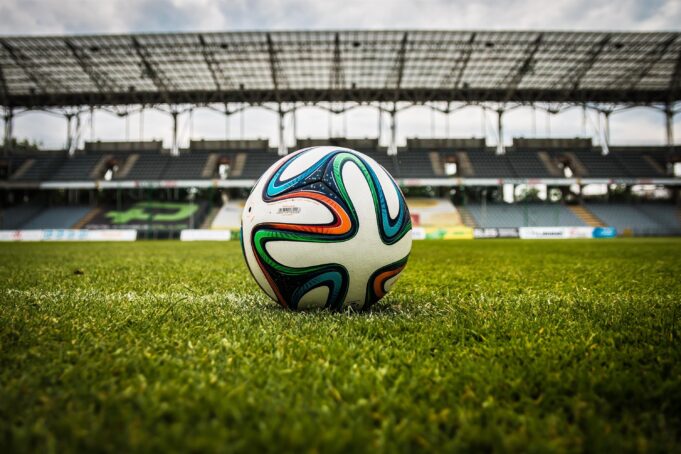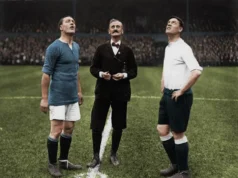Soccer is a popular sport, and it is getting more popular every year. Unfortunately for soccer players (and, if they are children, the parents watching them!), soccer is also high-intensity and can very easily become a contact sport – with the increase in popularity comes an increase in injuries. Here are some tips for preventing injuries and dealing with them when they do happen.
Stop Playing
If a player is injured, he or she should stop playing right away, until the injury can be evaluated by a trainer or medical professional. This evaluation is important, because if the player gets back into the game with an injury, even more serious (and permanent) problems may develop. A trip to the emergency room may be required so that x-rays and other tests can be done to assess how serious the problem is.
Determine How the Injury Occurred
After the injured player gets help, someone should take the time to make sure that the surroundings were safe and did not contribute to the injury. Was the field safe and properly maintained? Was there debris on the field, such as broken glass? Were there any dangerous holes? Ideally this should be done before the game ever starts, but if there was an issue with the field, you’ll want to figure this out as soon as possible so that a Las Vegas personal injury lawyer can help ensure whoever was responsible will have to pay any medical bills.
Take Precautions Before the Game Starts
Injuries happen, but there are some steps you can take to protect your soccer player before they ever step on the field. Make sure they have a preseason physical to identify any potential problems or reasons they shouldn’t play; make sure they have the proper safety equipment, such as cleats that fit well and shin guards; make sure they drink plenty of water before and throughout the game; and make sure they are in proper physical shape. Players should warm up thoroughly before a game and avoid playing when it is extremely hot outside or if there is a thunderstorm. If the weather is cold, make sure players are wearing the right clothing. Don’t play after a rainstorm, when the field will be wet, muddy, and dangerous.
Have Help Standing By
Not every team can have an expert in sports medicine on the sidelines, but if you can get someone who knows basic first aid, that can help if an injury happens. Keep in mind that an important part of first aid is knowing when the player should go to the emergency room.
Don’t Forget To Deal With the Emotional Aspect of an Injury
If your soccer player is very serious about their sport, it can be difficult if an injury sidelines them for the rest of the season. You may have to help with this emotional side of being injured, and it may take some time for them to realize that things like this do happen and it will take some time to get back into the game. However, with treatment, odds are that your player will get to play once again.
Practice Safe Playing Techniques
Players should learn how to play safely, without taking unneeded risks during play that can result in injury. Some of these safe playing techniques include learning how to absorb the shock of landing or stopping by flexing the hips and knees and avoiding “head flicks,” which is when the player bounces the ball off of their head. This can end up hurting the player who “flicks,” but also the players nearby who are going for the ball.
Soccer has so many benefits – it gives players a sense of how to work as a team, it’s great exercise, and it helps players develop coordination and balance. As with any other sport, injuries are always possible, and knowing how to prevent and handle them is an important part of playing the game.






[…] healthy is one of the most important aspects of ensuring that you’re in peak physical condition. There are likely no top FIFA players that constantly snack on processed foods as the bulk of their […]